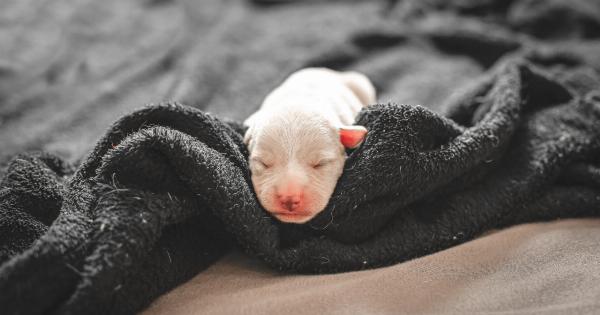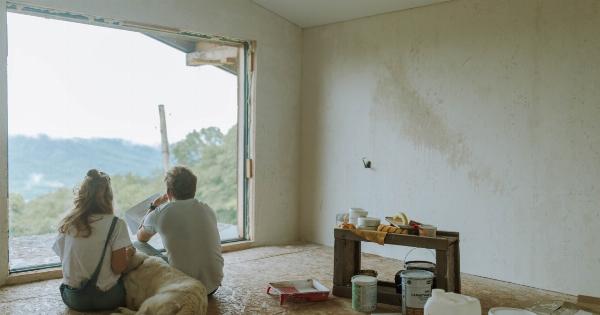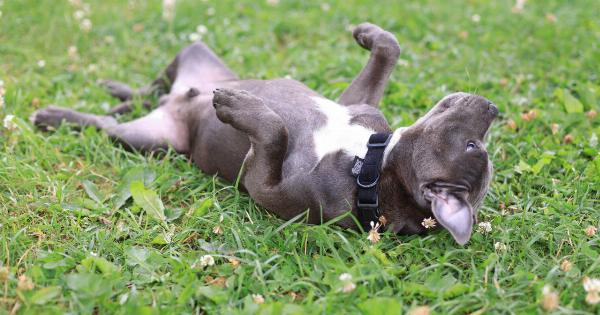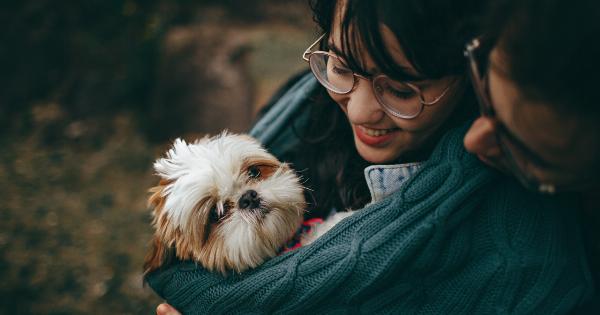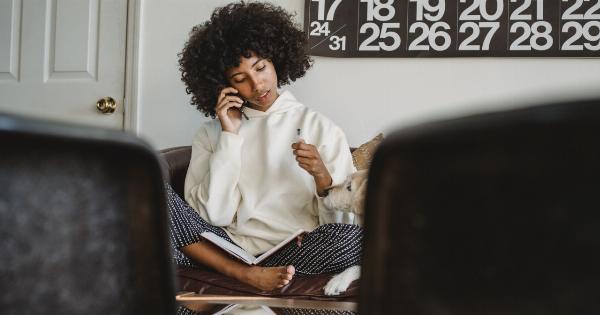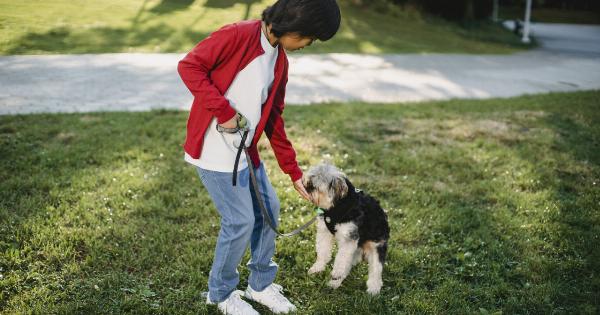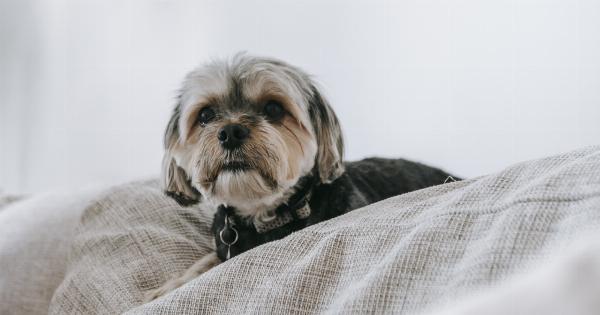Separation anxiety is a common issue faced by many dogs when they are left alone or separated from their owners. It often leads to undesirable and even destructive behavior, such as excessive barking, urinating in the house, or destroying furniture.
As a responsible dog owner, it is important to recognize the signs of separation anxiety and take steps to help your furry friend cope with this condition.
Recognizing the Signs of Separation Anxiety
Every dog is different, but there are some common signs that may indicate your furry friend is experiencing separation anxiety:.
- Excessive barking or howling
- Urinating or defecating in the house, even if they are housetrained
- Chewing or destroying furniture, shoes, or other household items
- Pacing or restlessness
- Attempting to escape from the house or yard
- Excessive drooling or panting
- Loss of appetite
- Excessive licking or grooming
- Being overly attached or clingy when you are present
The Causes of Separation Anxiety
Separation anxiety can be triggered by various factors, including:.
- Change in environment: Moving to a new house or being in a new place can cause stress and anxiety in dogs.
- Past experiences: Dogs that have been abandoned, surrendered, or have experienced traumatic events may be more prone to separation anxiety.
- Lack of socialization: Dogs that have not been properly socialized or have not spent enough time being alone may be more anxious when left alone.
- Change in routine: Dogs are creatures of habit, and sudden changes in their daily routine, such as a change in work schedule, can trigger anxiety.
Helping Your Dog Cope with Separation Anxiety
While separation anxiety can be distressing for both the dog and the owner, there are several strategies that can help your furry friend cope:.
1. Gradual Desensitization
One effective approach is to gradually desensitize your dog to being alone. Start by leaving for short periods of time, and gradually increase the duration as your dog gets more comfortable. This can help to build confidence and reduce anxiety.
2. Create a Safe Space
Provide a designated space, such as a crate or a specific room, where your dog feels safe and comfortable. Make it a positive and enjoyable environment by placing their bed, toys, and familiar scents in that area.
This can give them a sense of security and help reduce anxiety.
3. Establish a Consistent Routine
Dogs thrive on routine, so establishing a consistent daily routine can help them feel more secure and less anxious. Stick to regular feeding times, exercise schedules, and playtime.
This can provide a sense of predictability and stability for your furry friend.
4. Mental Stimulation
Enrich your dog’s environment with mental stimulation activities, such as puzzle toys or treat-dispensing toys. This can keep their mind occupied and help alleviate boredom and anxiety when left alone.
5. Exercise and Playtime
Regular exercise and playtime are essential for a dog’s overall well-being. Engage in activities that are physically and mentally stimulating, such as walks, runs, interactive games, or training sessions.
A tired dog is more likely to be calm and relaxed when left alone.
6. Positive Reinforcement
Use positive reinforcement techniques to reward calm and relaxed behavior. When your dog demonstrates calm behavior in the presence or absence of you, praise and reward them with treats or affection.
This can help reinforce positive associations with being alone and reduce separation anxiety.
7. Avoid Making Departures and Arrivals a Big Deal
Avoid making a big fuss when leaving or returning home. Keep your arrivals and departures low-key to reduce your dog’s anxiety.
By showing less excitement during these times, you are signaling to your furry friend that these are routine and non-threatening events.
8. Seek Professional Help if Needed
If your dog’s separation anxiety persists or becomes severe despite your efforts, it may be beneficial to consult with a professional dog trainer or a veterinarian with expertise in behavior.
They can provide guidance, develop a customized training plan, or recommend other interventions that may help your furry friend.
9. Consider Natural Remedies or Anti-Anxiety Aids
In some cases, natural remedies or anti-anxiety aids can be used to help calm an anxious dog.
Consult with your veterinarian to explore options such as pheromone diffusers, calming sprays, or herbal supplements that may support your dog’s emotional well-being.
10. Be Patient and Understanding
Dealing with separation anxiety takes time and patience. Understand that it is not your dog’s fault and that they are experiencing genuine distress. Offer love, support, and reassurance to your furry friend throughout the process.


